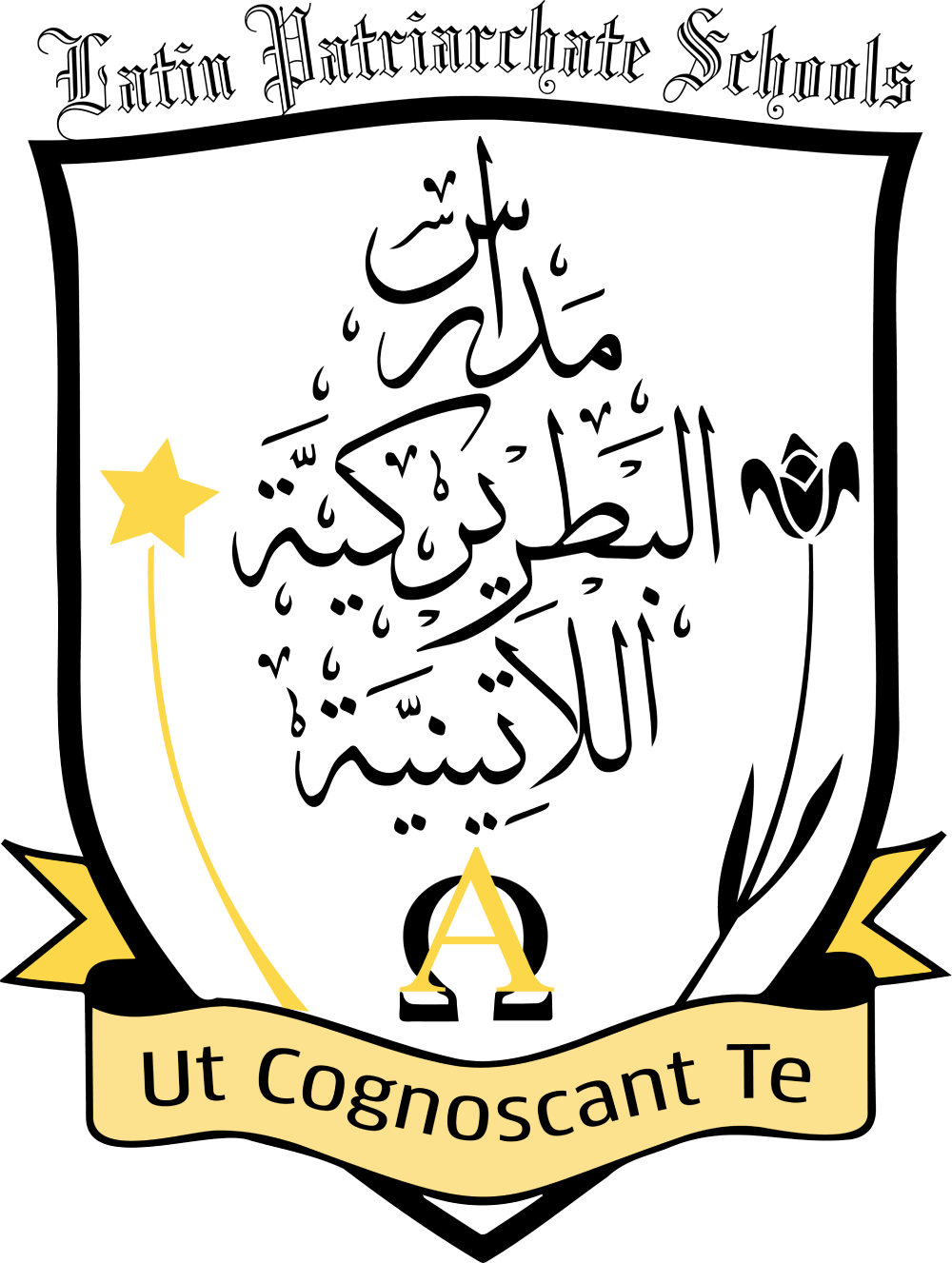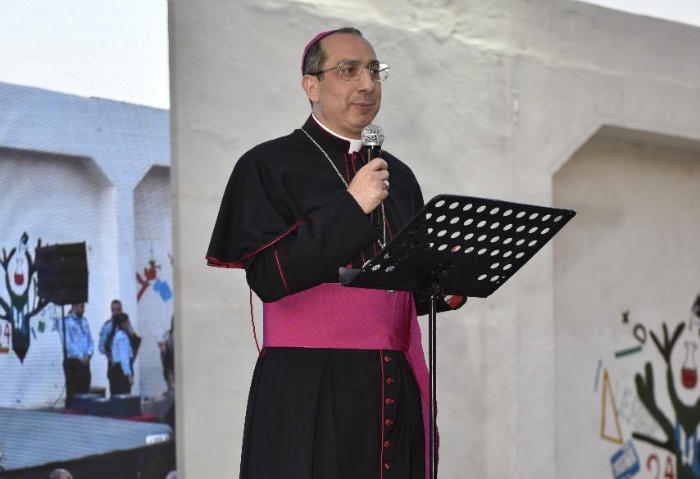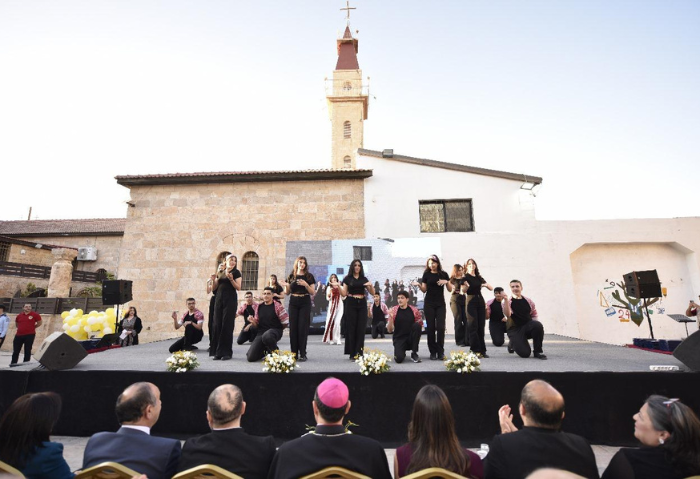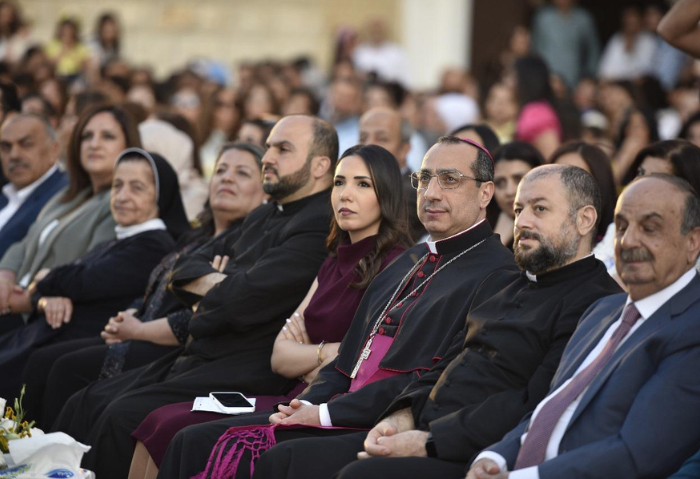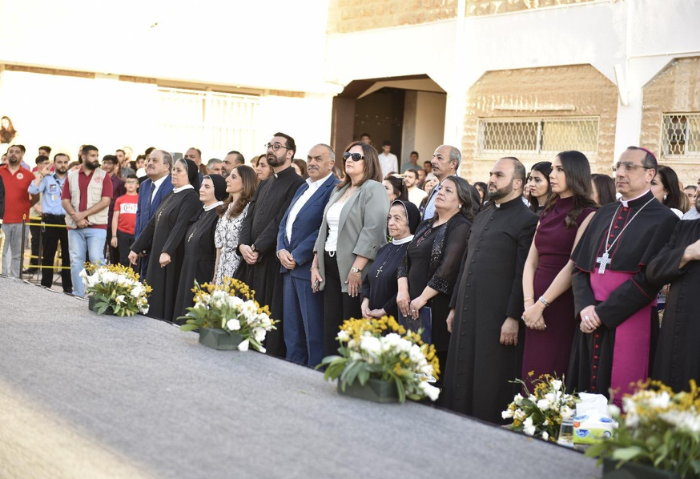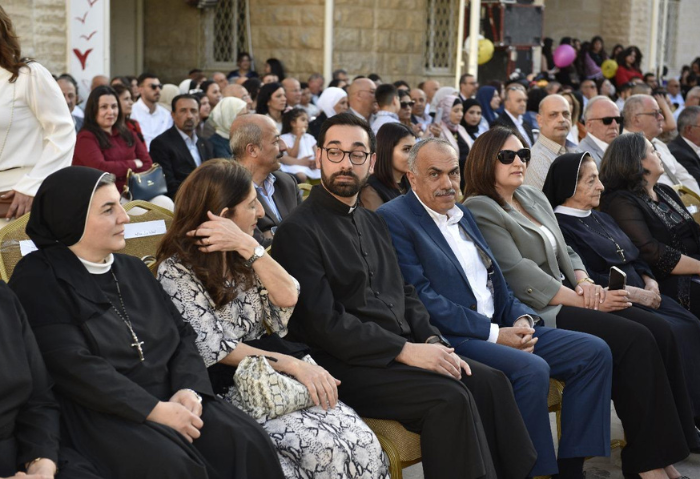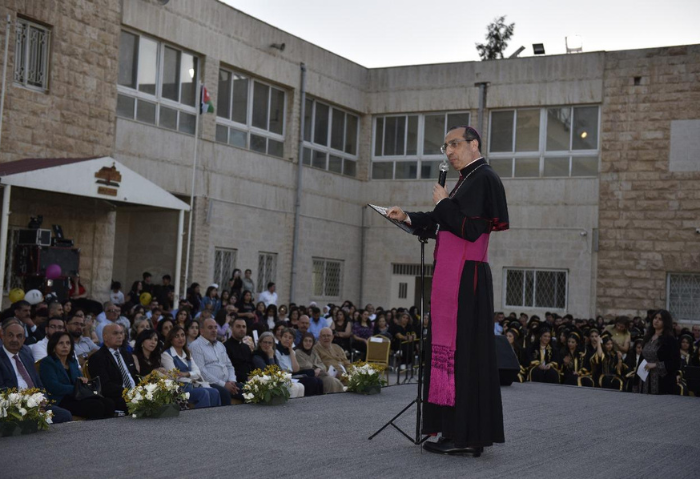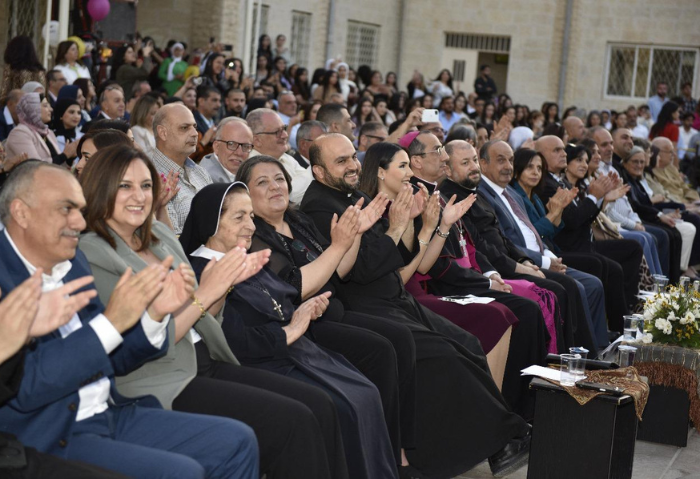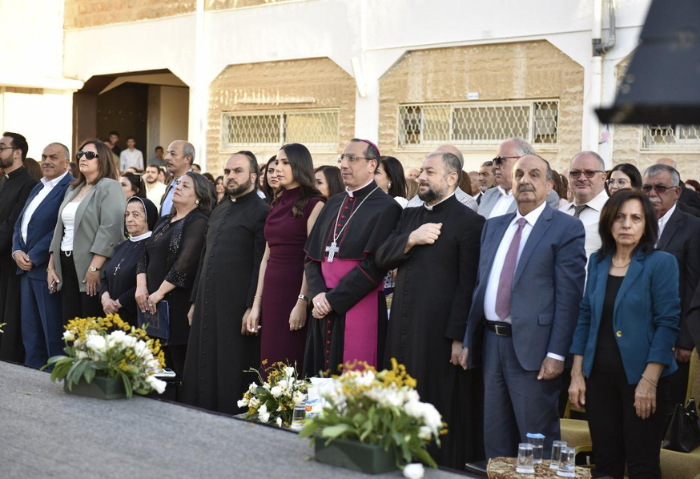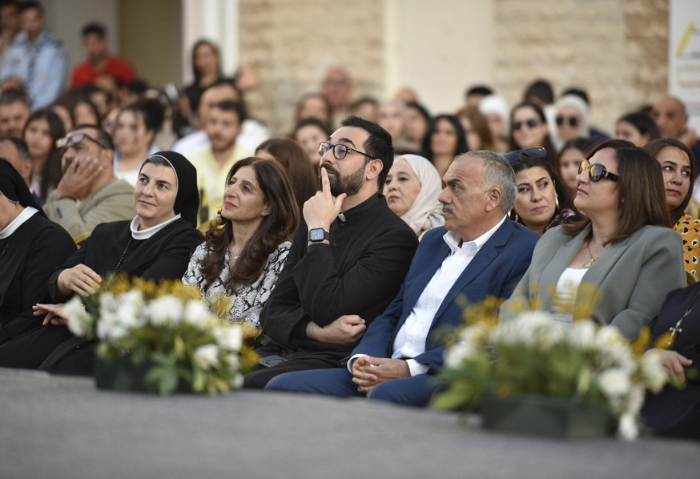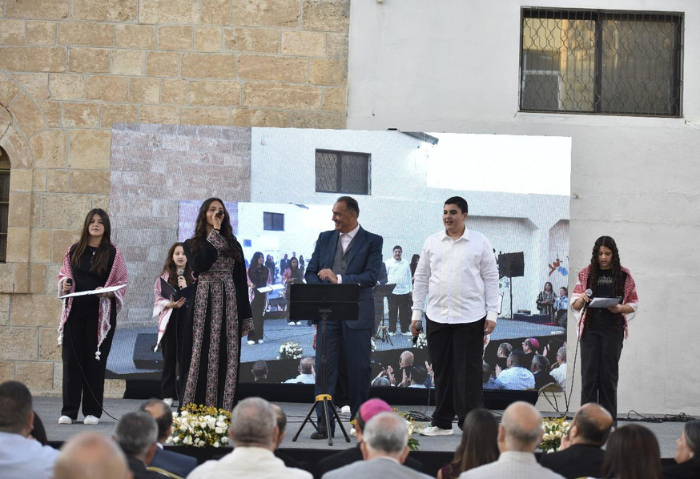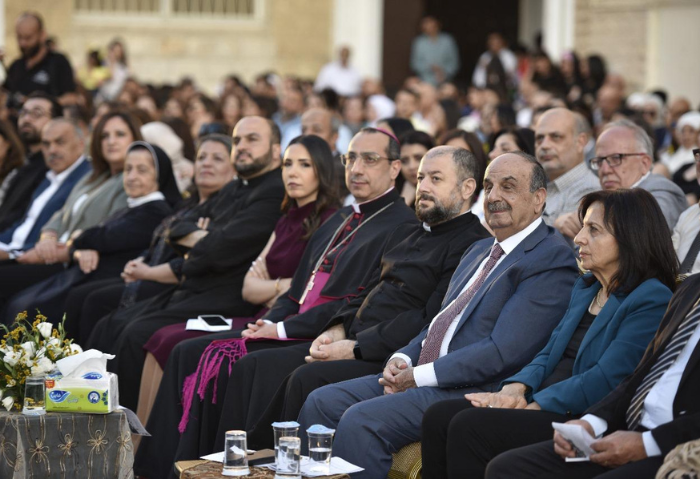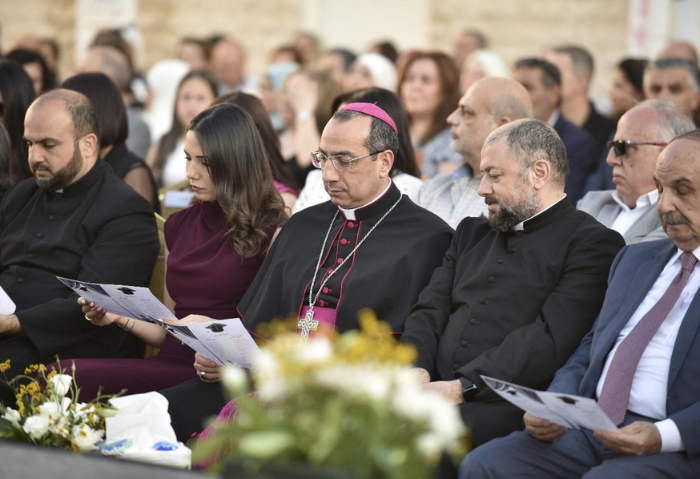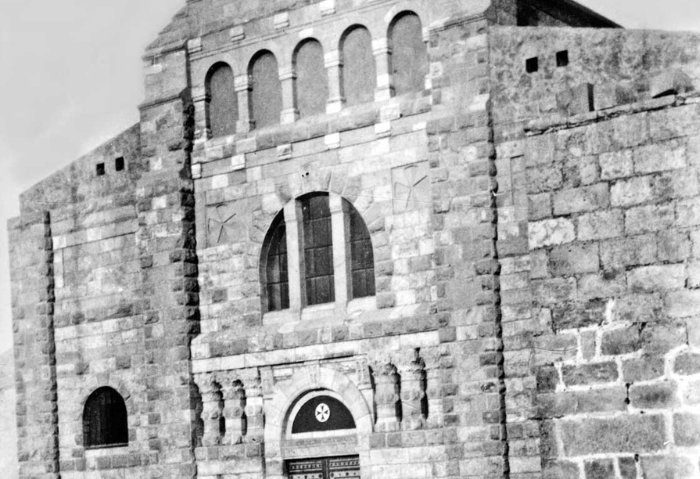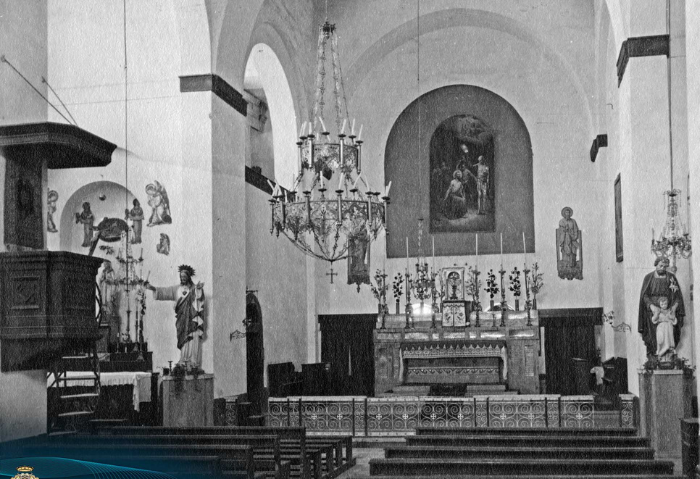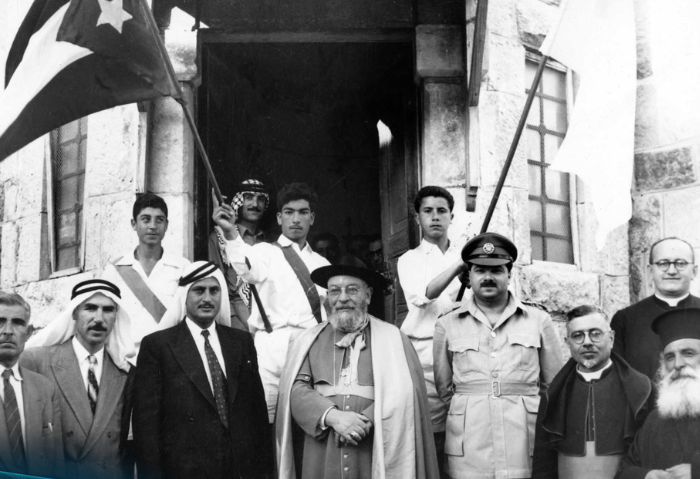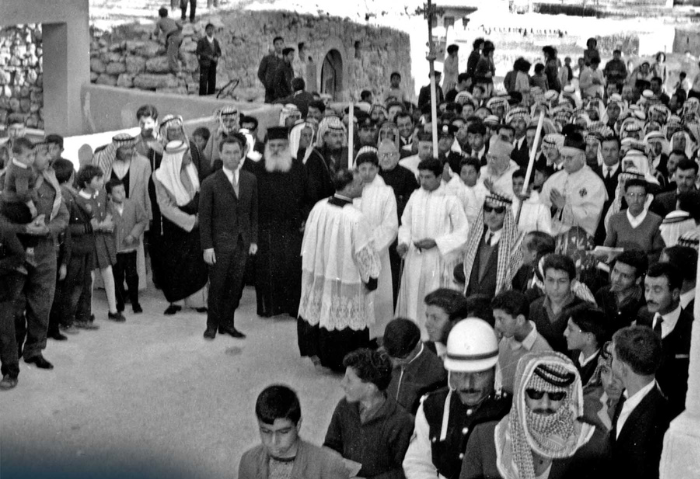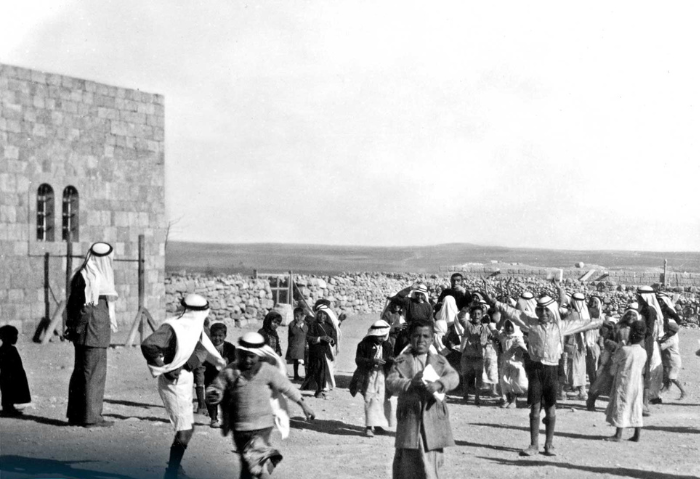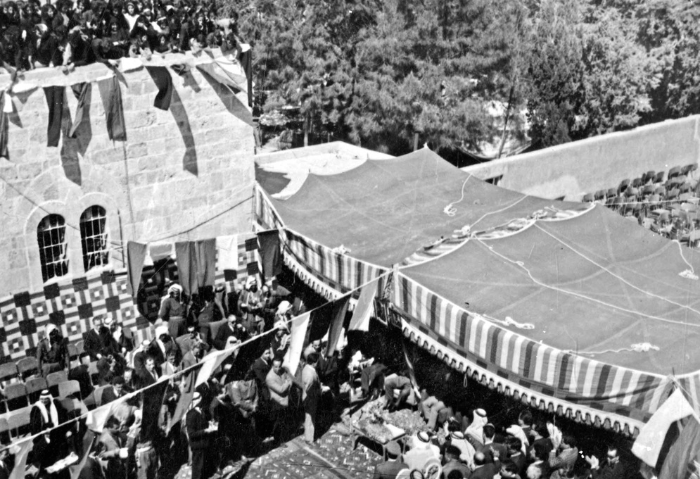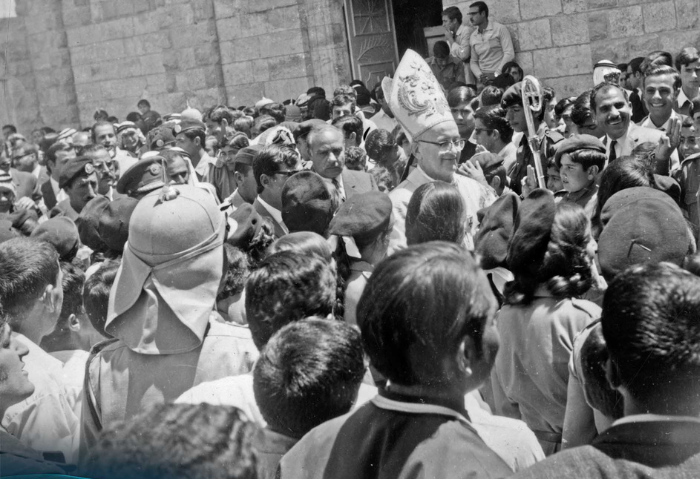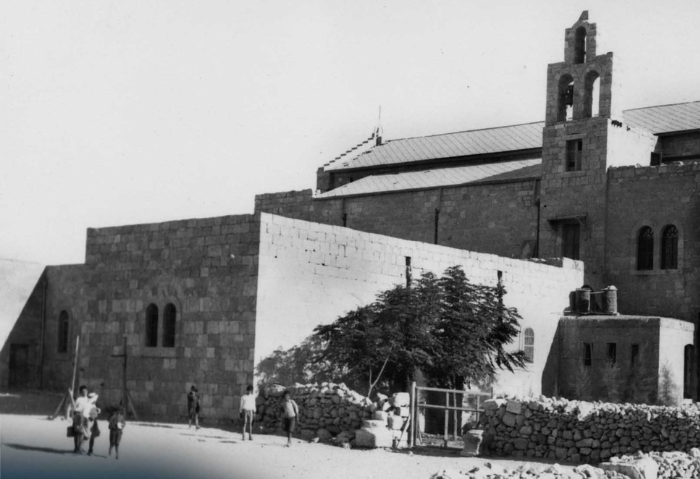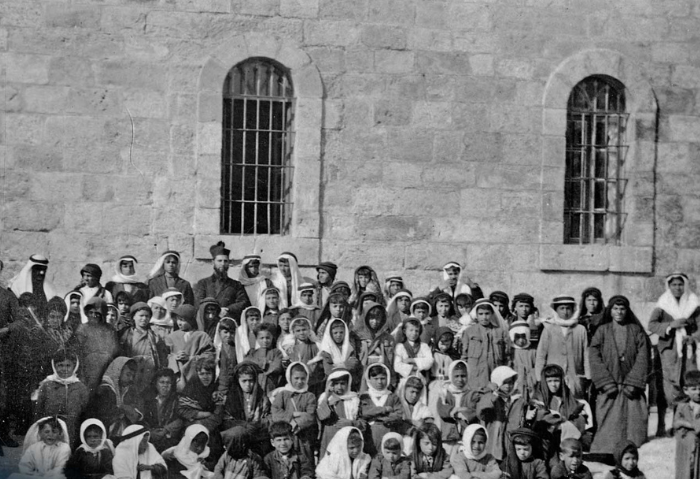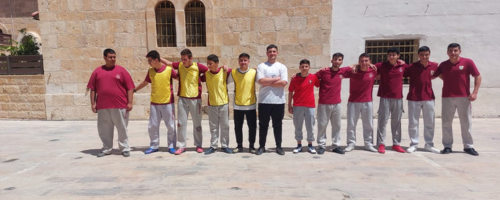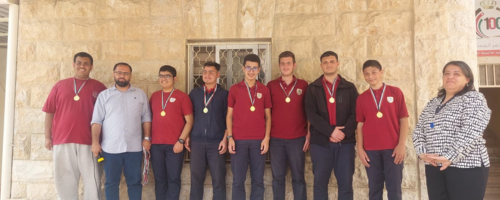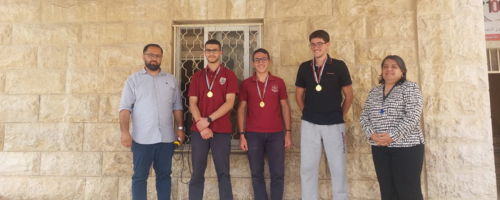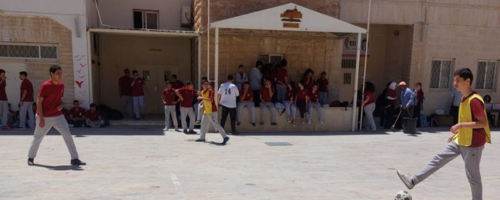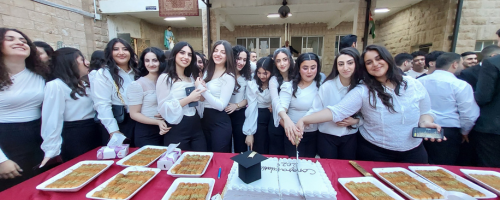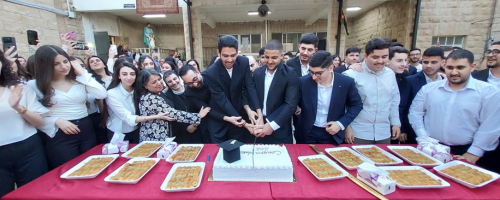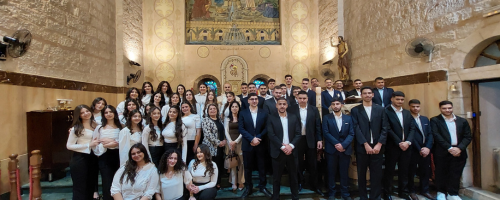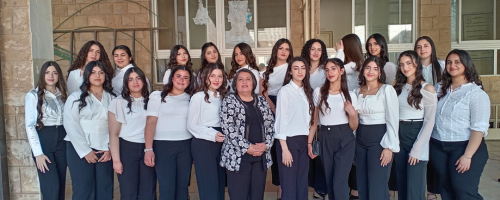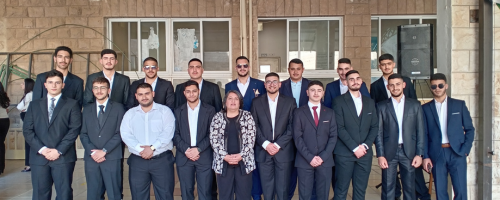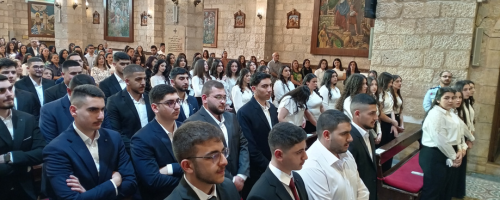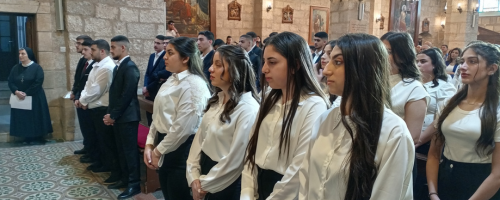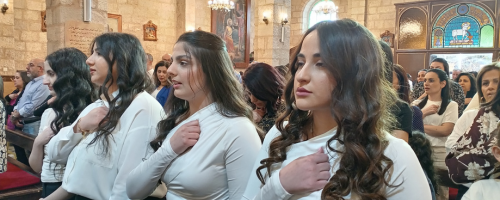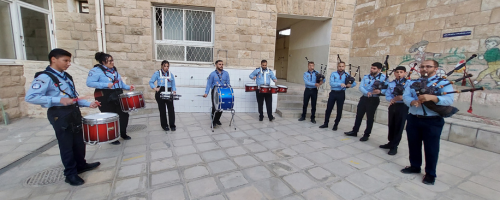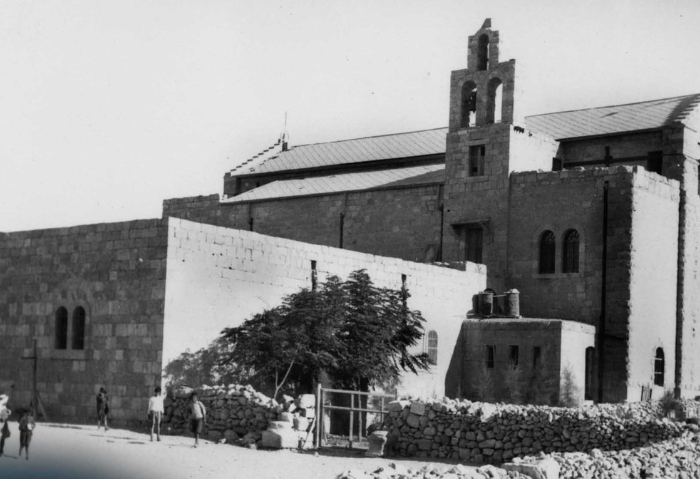
History & Summary
The Latin Patriarchate Schools – Madaba have stood at the heart of the city's rebirth since 1882, symbolizing a legacy of faith, resilience, and education. After centuries of abandonment due to earthquakes and social decline, Madaba was re-established in the late 19th century thanks to the efforts of the Latin Patriarchate of Jerusalem. The first church and school were built by Father Boulos (Paul) on the city’s highest point, offering basic education in Arabic, Latin, arithmetic, and religious studies. Over the decades, visionary priests like Fr. Joseph Manfredi, Fr. Zakaria Al-Shomali, and Fr. George Saba transformed the school into a cultural and academic hub—introducing theatre, music, and mosaic preservation to Madaba. The school expanded further in the 1980s, becoming a full secondary institution for boys and girls, and later added a Latin Industrial School to support vocational training. Today, the school stands as a living testament to the city’s Christian and educational heritage, continuing to nurture generations with a mission rooted in academic excellence, cultural pride, and community service.
School Program: Academic
- Strong foundation in language, math, science, and religious studies
- Emphasis on cultural, artistic, and civic education
- Integration of extracurricular activities (theatre, music, sports)
- Recent upgrades include science labs, computer facilities, and a nature reserve
- Commitment to gender equality and community empowerment
- Vocational track available at the Latin Industrial School (since 1994)
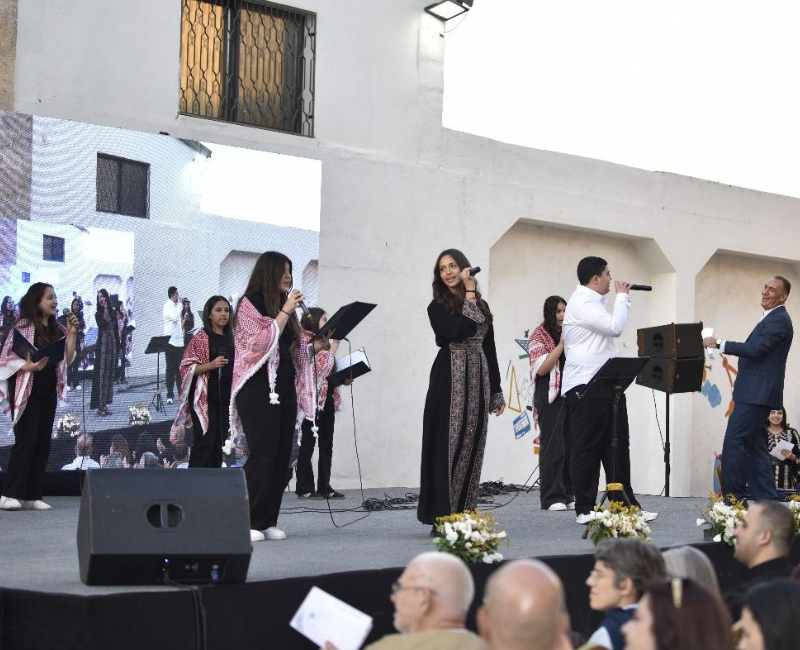
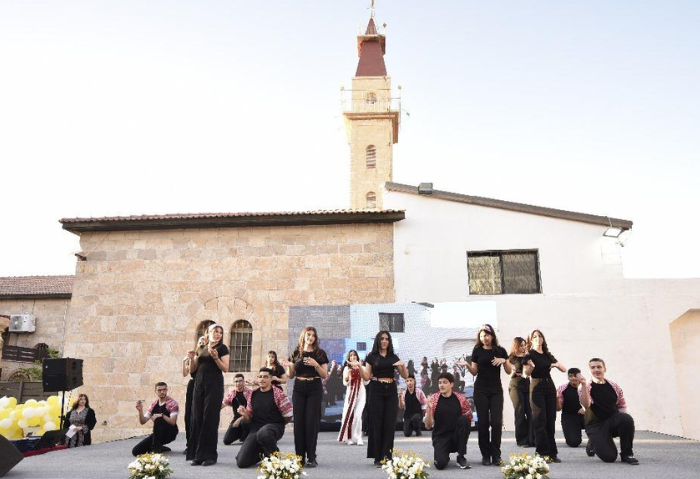
School Program: Academic

Classes Offered
- Kindergarten KG1/KG2
- Elementary and Secondary Grade 1 to Grade 12 (Tawjihi)
